Boston Through Film - A Love Letter to Fall 🍂 in Love with
35mm panoramic notes from America's historic, academic, and well-maintained capital.
Walking around Boston with a Mamiya 7ii (6x7 medium format) and rolls of CineStill 400D, you capture a city that functions. The rivers reflect clean beneath its bridges. Sailboats line up in perfect numerical order at the dock. A couple sits on a green bench watching the water. These scenes reveal Boston's particular character: organized, accessible, and maintained.
The Charles River runs through Boston like a central artery, and the city treats it that way. In these photographs, rowers pull across the water with university buildings rising behind them. The bridges carry steady traffic while kayakers paddle below. Sailing isn't relegated to distant marinas; the boats sit right there, numbered and ready, integrated into the urban fabric.
The basketball courts have fresh blue paint and clear white lines. The historic bridges show their age gracefully, with graffiti reading "BURN WITH THE BUDS" providing the only disruption to otherwise maintained infrastructure. The contrast between the urban chaos and wellness is clear, especially during the Summer/Spring. Well, I can't say the same about the Winter though…
The name "New England" carries weight. When colonists named this region after their homeland, they brought expectations of order, civic responsibility, and institutional permanence. Three centuries later, these values persist in the maintained infrastructure and preserved architecture visible in every frame.
Boston embodies the New England ideal: that cities should be both functional and dignified. The Victorian brick buildings with their turrets and fire escapes aren't museum pieces; they house real businesses, real residents. The Christian Science Mother Church rises with its massive dome perfectly maintained, a working landmark rather than a relic. This is the New England way: preserve what works, maintain what matters, respect what came before while serving present needs.
Boston hosts Harvard, MIT, Boston University, Northeastern, and dozens more institutions. This concentration of universities reinforces the New England tradition of valuing education, order, and civic participation. The city maintains its spaces because thousands of professors, researchers, and students expect functional infrastructure. They walk these streets daily. They use these parks. They row on this river.
Look at the street-level details in these photos. The hardware store sign reads "Touraine Paints" above "Boston Hardware." The fire escapes zigzag down brick facades in good repair. The couple on the bench has space to sit and watch the water without obstruction.
These details accumulate. Clean streets lead to usable parks. Maintained bridges connect functional neighborhoods. Accessible waterfronts create recreational opportunities. The sailing boats aren't locked away; they're numbered, organized, available.
Boston works because its systems interconnect. The universities need clean, safe neighborhoods for their communities. The city needs the economic and cultural contributions of these institutions. The Charles River serves rowers from Harvard and MIT while also providing public green space. The basketball courts host pickup games blocks from classical architecture.
Through film photography's grain and color shifts, these connections become visible. The vintage roadster crossing the bridge belongs to the same ecosystem as the numbered sailboats and the graffitied railway bridge. Everything coexists within a maintained framework.
Boston demonstrates that cities can be both intellectual centers and livable spaces. The same attention that goes into academic research appears in the painted basketball courts and organized boat docks. The city doesn't hide its infrastructure or separate its functions. Bridges carry trains and cars while people row underneath. Historic buildings house modern purposes.
The photographs reveal a simple truth: when a city maintains its basic infrastructure, everything else becomes possible. People use the spaces. They sit by the water. They play basketball. They sail. They row. The city works because the city literally works. Every painted line, every numbered boat, every maintained bridge represents a commitment to function over decay, to order over chaos, to the belief that urban spaces deserve care.



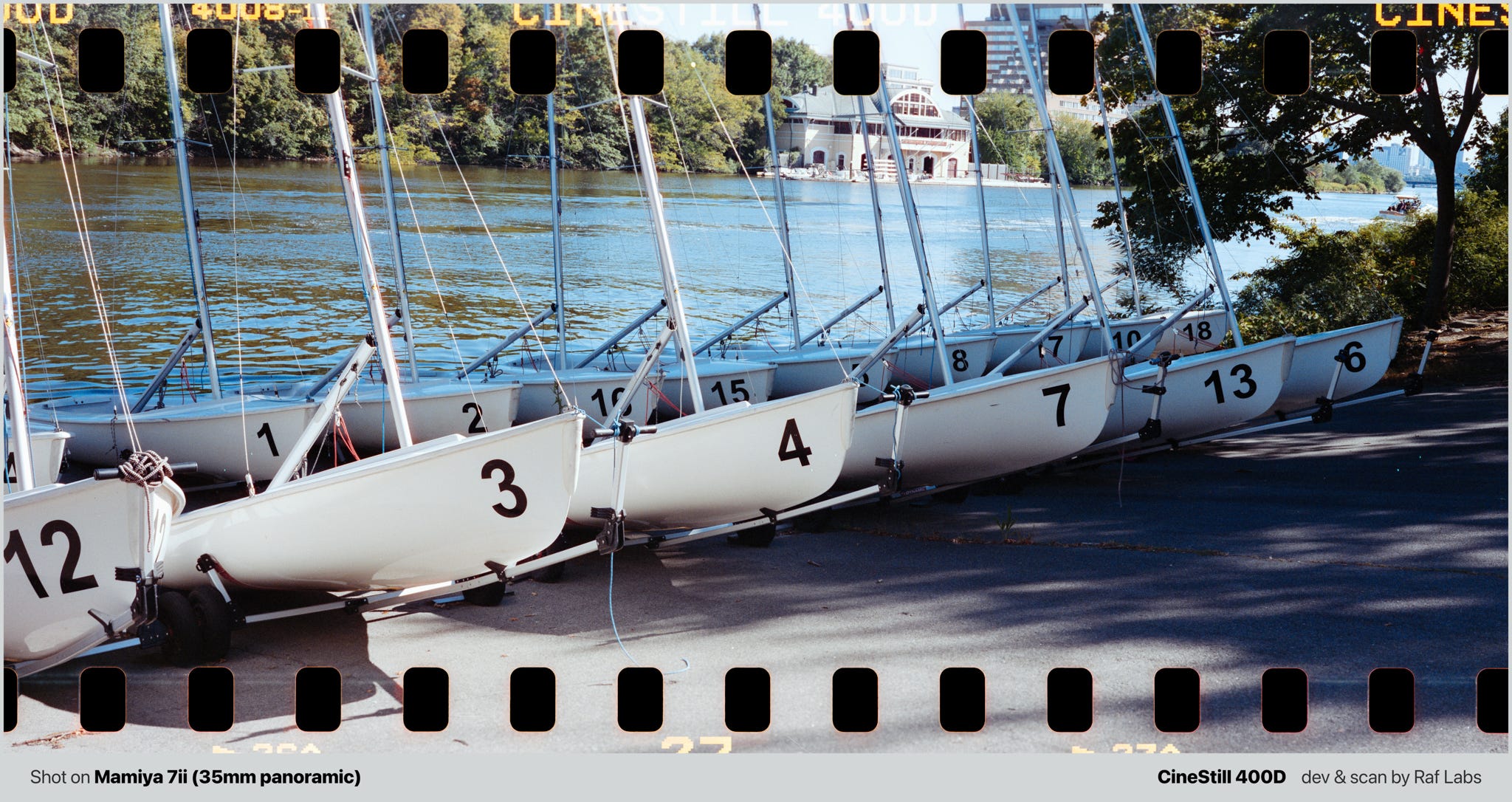
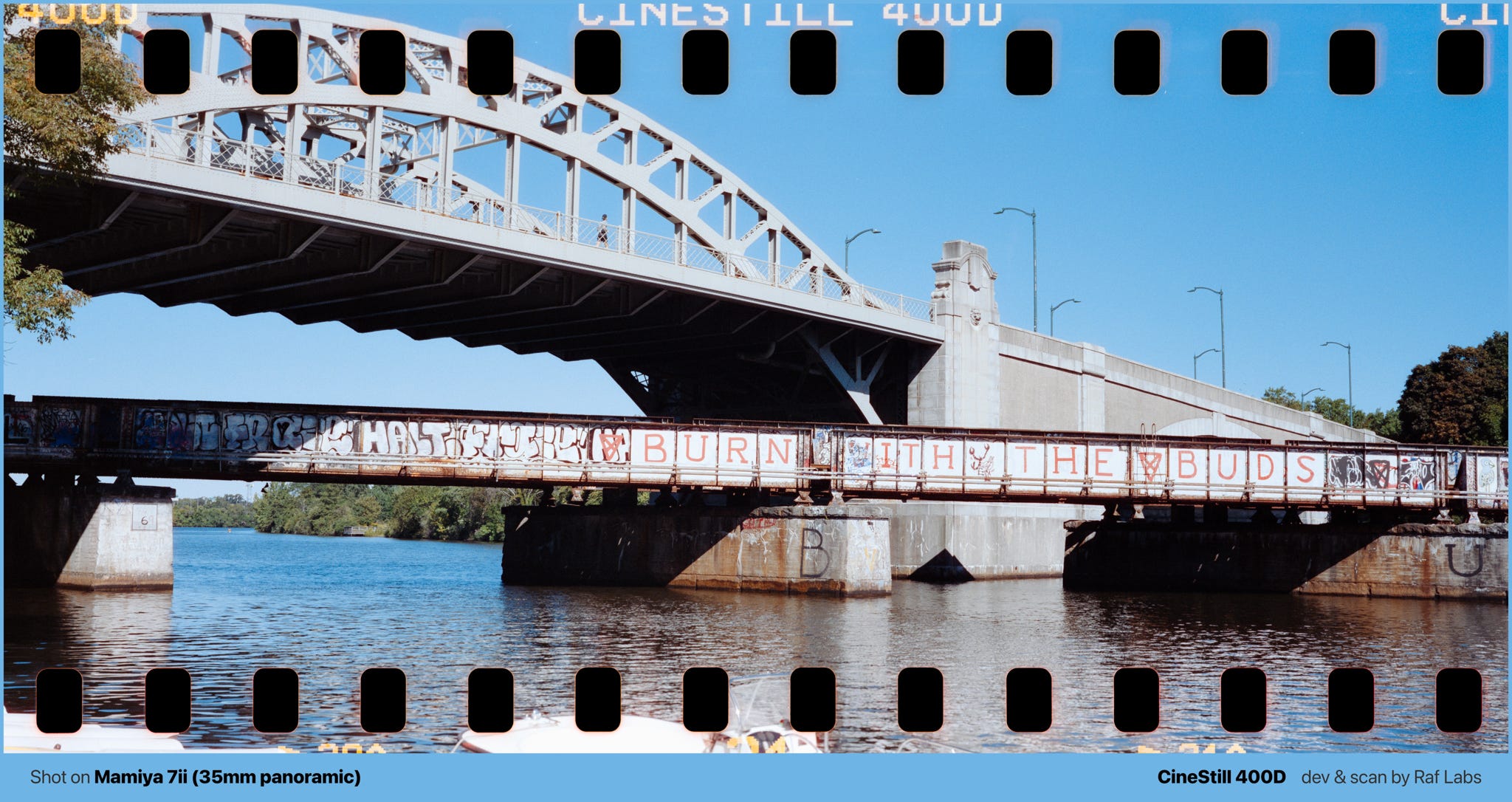

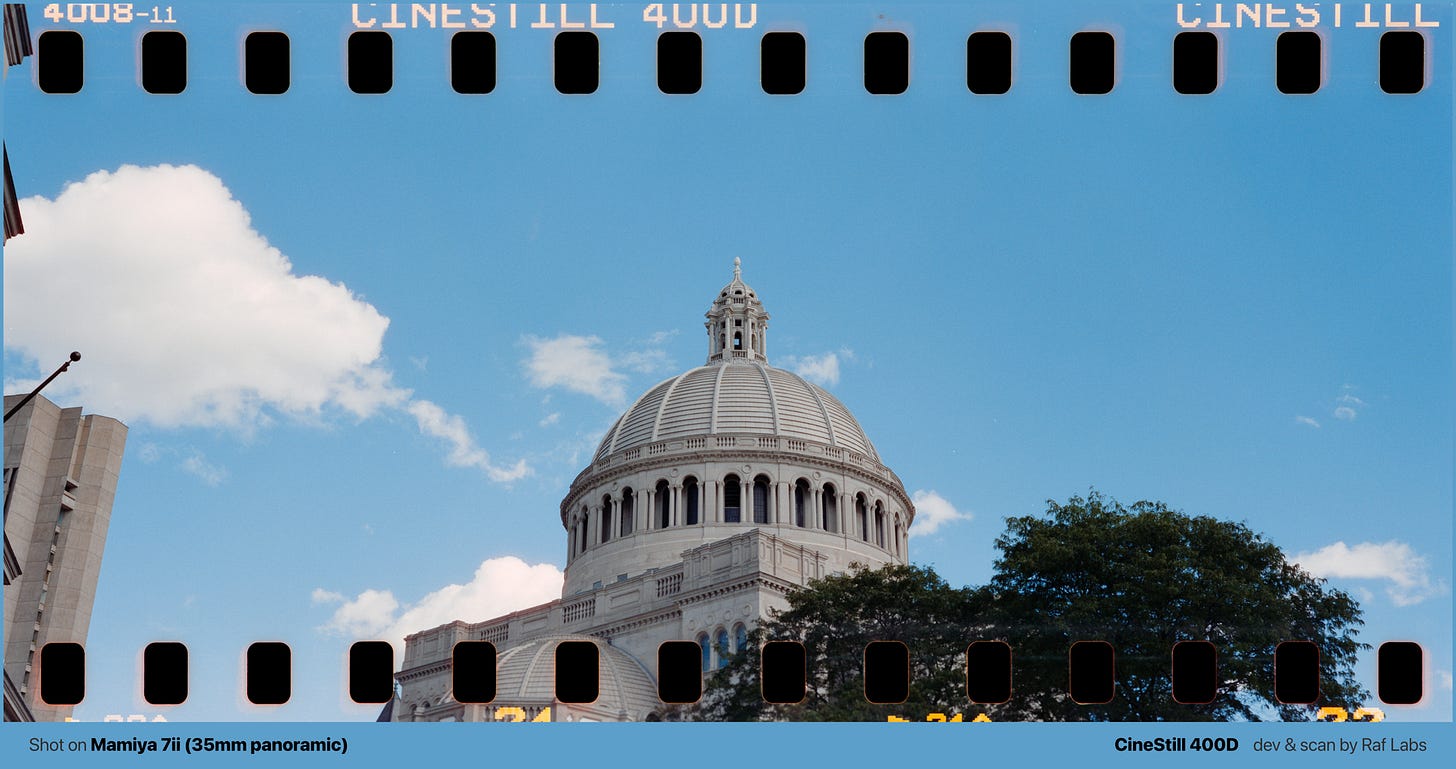


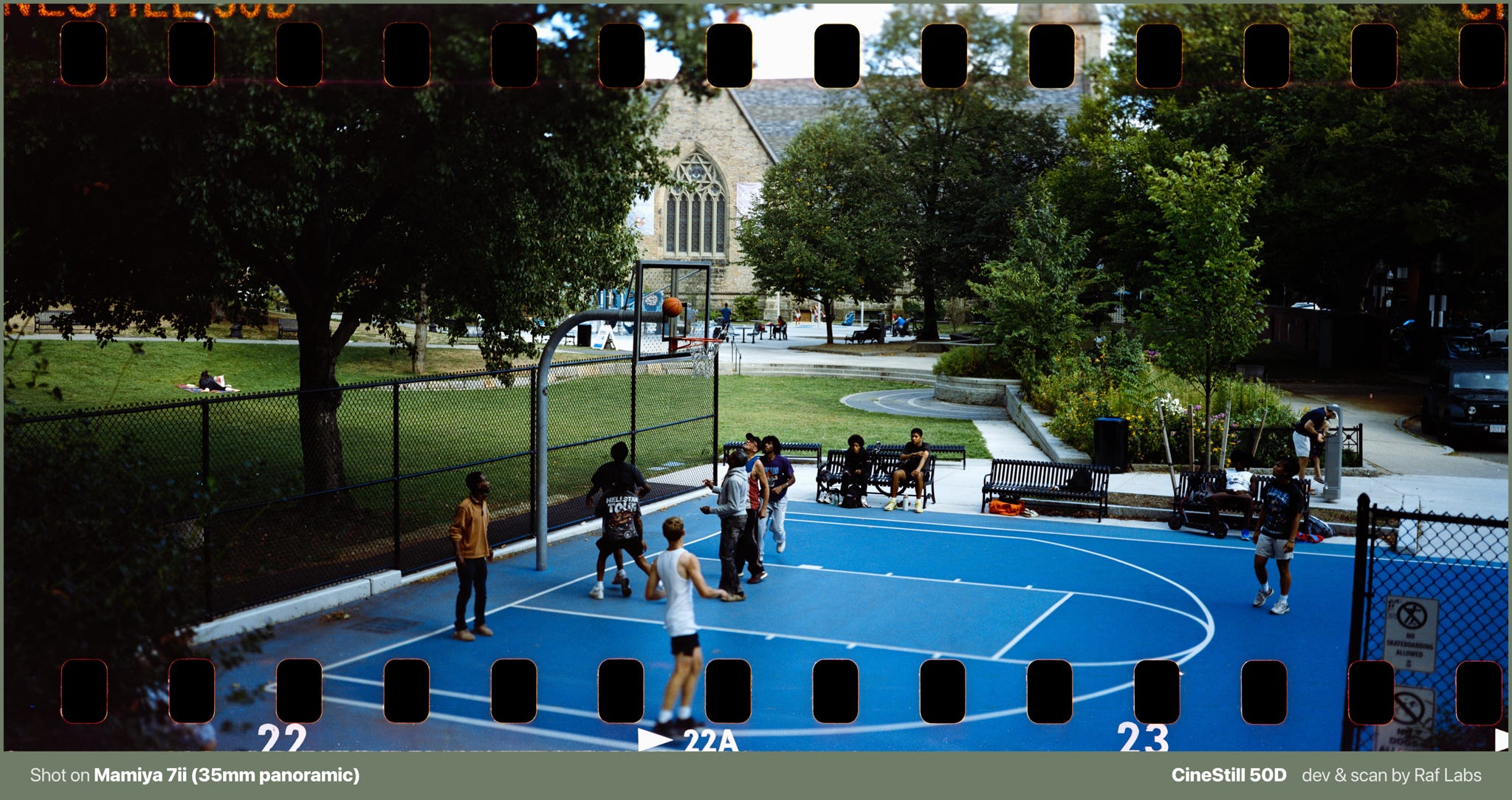
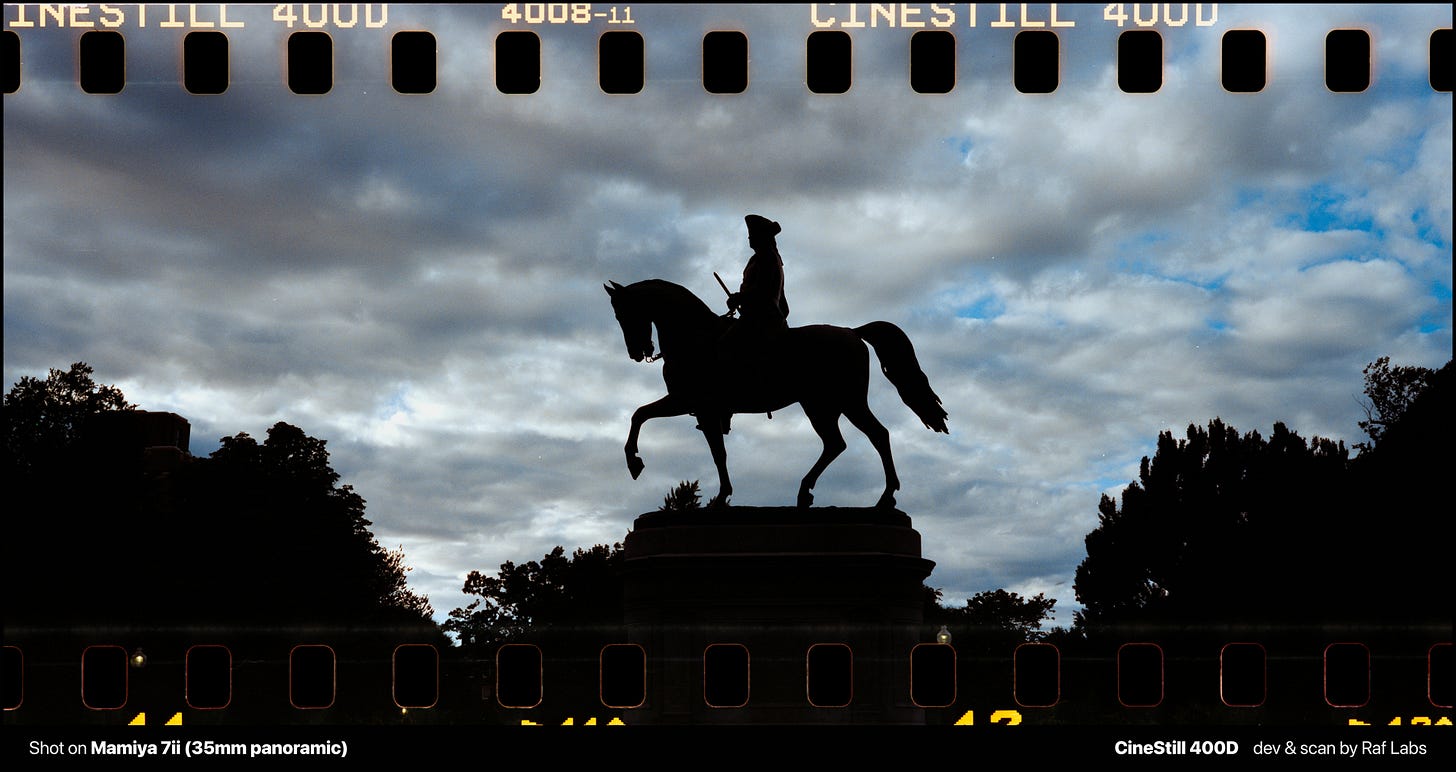
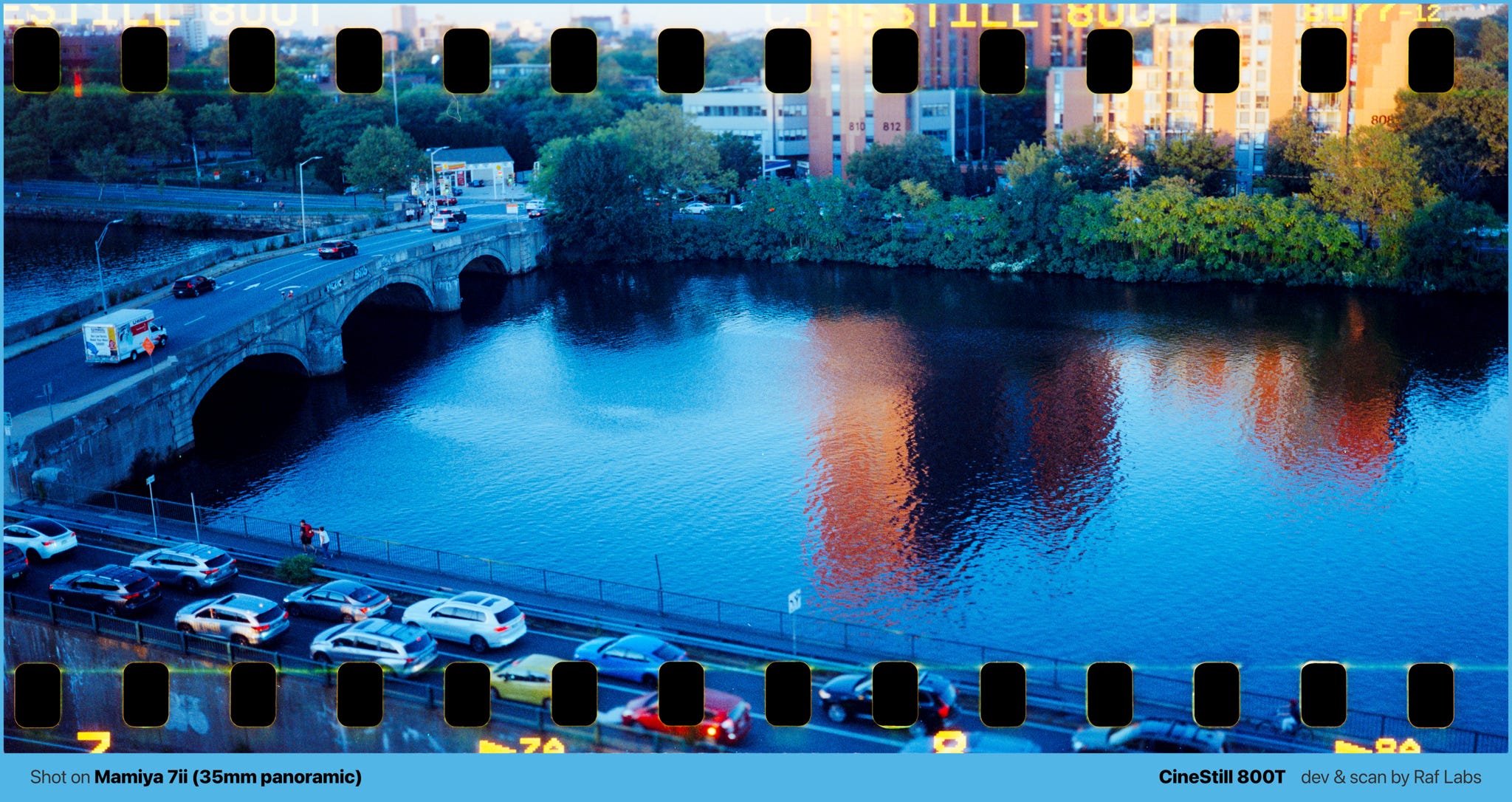
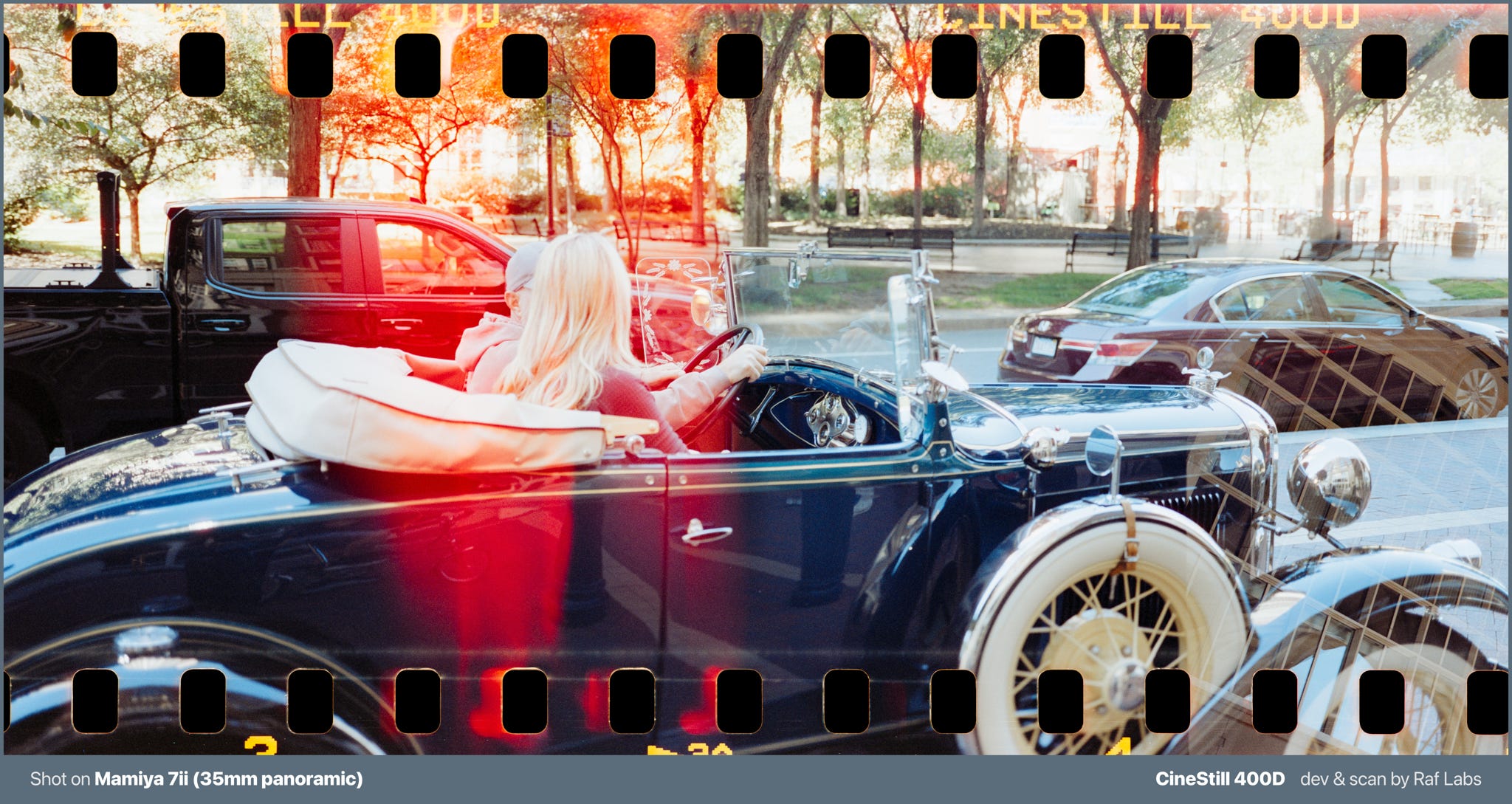
Boston is such a great city. I felt super comfortable when I visited!